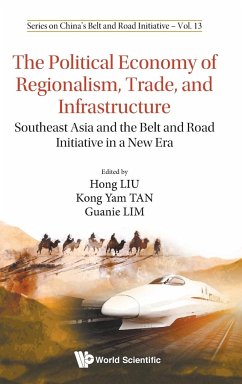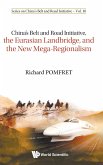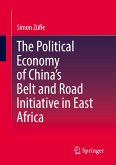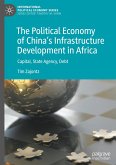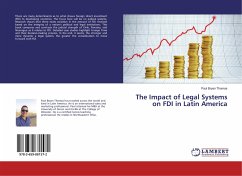Since its launch in late 2013, the Belt and Road Initiative (BRI) has become a significant factor in shaping China's economic and diplomatic relations with the world. China's increasing clout presents opportunities as well as challenges, especially for the developing economies of the Association of Southeast Asian Nations (ASEAN) which constitute major sites for investment and trade alongside the BRI routes. This edited volume examines whether and to what extent China's economic ascendancy has impacted the proposed ASEAN Economic Community and the respective nations in the region. It deals with this question by grounding the analysis along three themes - institutions at a regional level, industry/sector, and particular ASEAN countries' economic relationship with China. Sixteen articles are presented to illuminate the state of affairs at the regional level and in specific ASEAN economies. They point to the importance of managing trade and investment flows stemming from China's increasingly sophisticated national firms. This in turn hinges on forging 'rules of the game' at both the multilateral and bilateral levels, which potentially leads to mutually beneficial industrialization and long-term wealth creation. The Political Economy of Regionalism, Trade, and Infrastructure will be of great interest to scholars of political economy and industrial policy in East Asia, as well as to scholars and policy professionals analyzing approaches to development strategy more broadly.

